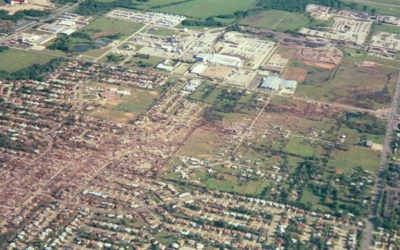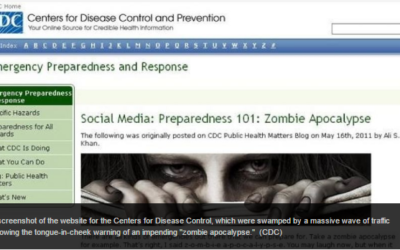Many organizations have annual disaster recovery (DR) test requirements, whether to run production operations from a secondary facility for several days or test the functionality of systems and applications running in a DR facility while production workloads run as usual. Every business should have a disaster recovery plan and perform a DR test, especially with recent virus and ransomware activity.
In the past, disaster recovery was much more complex. However, virtualization and cloud technologies significantly improved DR capabilities and the ability to run workloads in separate or multiple locations. While advantageous, it is crucial to check the functionality of systems, processes, and people resources.
How often should I perform a disaster recovery test?
Your business needs and requirements will determine the testing frequency, but an annual test is usually sufficient for many. It is essential to schedule the test well in advance, especially if it involves a third party. Finding time for all parties as the end of the year approaches will be difficult. If you make significant infrastructure or application changes, it may be worth performing an additional test.
What are the goals of a disaster recovery test?
While you may think the goals of a DR test are obvious, setting objectives helps keep tasks in scope and focused. Implementing a disaster recovery testing plan helps. You want to verify connectivity and application functionality and ensure you have the appropriate users available to assist. Believe it or not, running into problems during your DR test can be a good thing so you can resolve the issues. You do not want to encounter issues during an actual emergency!
Some issues we have discovered while performing DR tests for customers:
- Old, unsupported, or end-of-life operating systems
- Unsupported operating systems that are too new (beta, just released)
- Old versions of virtual machines and hypervisors
- Unpatched servers take a long time to bring up, as they apply patches automatically. (Note: Be sure to follow regular patching practices.)
- Incomplete networking documentation
Disasters can happen at any time. Performing a disaster recovery test allows organizations to prepare ahead of a crisis and remediate issues before a disaster occurs. In addition to applications and systems testing, tests will enable you to fine-tune call trees, identify application owners and stakeholders, and understand the process of turning on DR workloads.
More Disaster Recovery Articles
The Top 10 Most Costly Natural Disasters of 2011
According to the National Climatic Data Center (NCDC), the United States has experienced a record number of billion-dollar natural disasters --and of those, at least 10 are approaching a total of $50 billion dollars in costs. Considered the “nation’s scorekeeper,” the...
DRaaS Glossary of Terms
There is a growing dictionary of words and phrases related to the products, services and concepts involved in cloud storage, disaster recovery and advanced data protection. Bookmark this Cloud Storage and DRaaS Glossary of Terms as a handy reference. Find common...
Bring it Zombies! Our Disaster Recovery Plan is Ready
Bring it Zombies! Our Disaster Recovery Plan is Readydisaaultata Take deep breaths. I can see you shaking after listening to the forecast of events which may in fact, threaten our very human existence. The world is ending this afternoon. And if by some miracle we make...
Can IT learn from BP disaster in the Gulf?
As we build more complex systems like the Deep Water Horizon Rig, the potential for things to go catastrophically wrong increases – dramatically. As industries and products mature they do become more stable, examples are cars and atomic power. But oil exploration and...




0 Comments